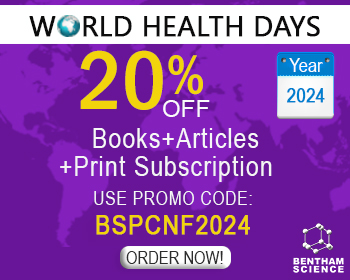Abstract
Background: The Ethanolic Extract of Pyrus communis L. fruit (EEPC) was assessed for hepatoprotective and in vitro antiradical activity against carbon tetrachloride-induced hepatotoxicity in rat’s liver.
Methods: The degree of hepatoprotection was screened by measuring biochemical parameters, including serum Alanine Transaminase (ALT), Aspartate Transaminase (AST), Alkaline Phosphatase (ALP), Total Albumin (TA), Total Protein (TP) and Total Bilirubin (TB). The antiradical activity was assessed using 2,2-diphenyl-1-picrylhydrazyl (DPPH), hydrogen peroxide and nitric oxide free radical scavenging property. The hepatoprotective effects of the extract were compared with Silymarin used as a standard drug (100 mg/kg, p.o, bodyweight).
Results: The ethanolic extract of the fruit has the capabilities to scavenge free radicals, in vitro, respectively. Additionally, the ethanolic extract (200 mg/kg and 400 mg/kg, p.o, bodyweight) exhibited marked hepatoprotective action regarding CCl4 intoxicated rodents in a dose-dependent manner. EEPC at a dose of 400mg/kg could afford significant dose-dependent protection against CCl4 induced hepatocellular injury.
Conclusion: Biochemical samples obtained from the animals treated with ethanolic extracts (400mg/kg, body weight) showed a significant decrease in the levels of serum markers indicating hepatic cell protection.
Keywords: Free radical, flavonoid, total phenolic, hepatoprotective, carbon tetrachloride, fruits.
[http://dx.doi.org/10.1017/S1462399411002110] [PMID: 22306029]
[http://dx.doi.org/10.3748/wjg.v23.i19.3388] [PMID: 28596675]
[http://dx.doi.org/10.1016/B978-0-12-398456-2.00068-2]
[http://dx.doi.org/10.1016/j.jff.2015.06.018]
[http://dx.doi.org/10.3390/plants6040042] [PMID: 28937585]
[http://dx.doi.org/10.5530/pj.2017.1.4]
[http://dx.doi.org/10.1038/nprot.2007.102] [PMID: 17446889]
[http://dx.doi.org/10.2174/1573407216666200203103354]
[http://dx.doi.org/10.1007/s00217-006-0265-5]
[http://dx.doi.org/10.1186/s12906-016-1238-2] [PMID: 27473536]
[http://dx.doi.org/10.1016/j.etp.2009.05.008] [PMID: 19581077]
[PMID: 18807754]
[http://dx.doi.org/10.1515/znc-2001-7-826] [PMID: 11531102]
[http://dx.doi.org/10.1503/cmaj.1040752] [PMID: 15684121]
[http://dx.doi.org/10.3390/ijms161125942] [PMID: 26540040]
[http://dx.doi.org/10.5897/IJBC11.163]
[http://dx.doi.org/10.5138/09750185.1847]
[http://dx.doi.org/10.4161/oxim.2.5.9498] [PMID: 20716914]
[http://dx.doi.org/10.1111/j.1582-4934.2009.00897.x] [PMID: 19754673]
[http://dx.doi.org/10.1016/j.biocel.2006.07.001] [PMID: 16978905]
[PMID: 30829207]
[http://dx.doi.org/10.1016/j.arabjc.2012.05.001]
[http://dx.doi.org/10.1016/j.bfopcu.2015.05.002]




























